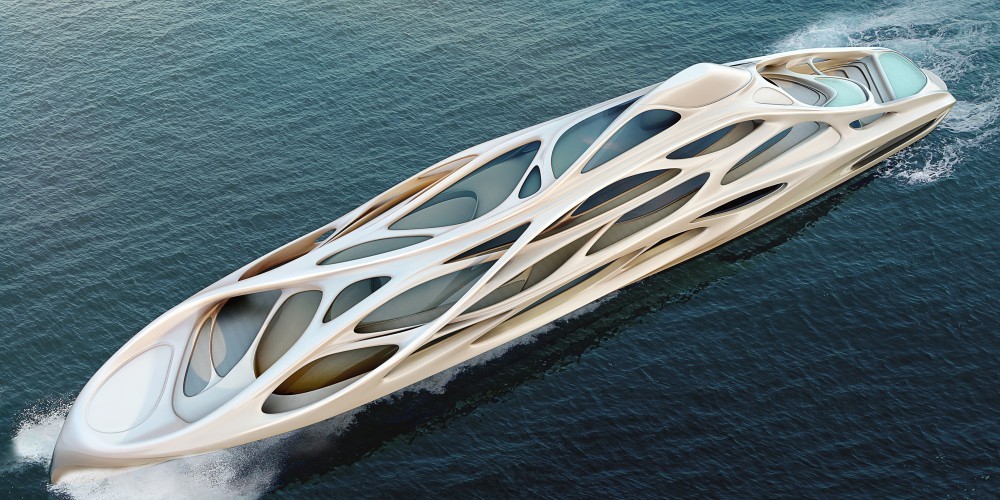
Material Substance is a column, penned by Christopher Brenny and presented by ArchDaily Materials, which investigates the innovative applications of materials in architecture.
On a purely aesthetic level, 3D printing holds great potential for buildings – all the possibilities of sculpted concrete without the bulky and expensive formwork. Taken to an extreme, it could someday make Hadid-like forms so cheap to execute that they become mundane (even for a non-architect) -- maybe even causing the profession to re-evaluate what qualifies as high design.
However, the more important advantage of 3D printing, what could spur its acceptance as a viable means of construction, is its supposed sustainability. Among its oft-

On small scales, 3D Printing has been freeing design from the constraints of human imprecision for quite some time now, and lower price points have begun to bring the devices into the household realm. Printing of buildings, however, is another matter. Not until recent years have groups such as the Center for Rapid Automated Fabrication Technologies (CRAFT - see our article here) and D-Shape begu

That all changed earlier this year when Dus Architects announced plans to construct the first 3D printed house in the Netherlands. Indicative of the still highly experimental state of the technology, the building must be printed as a series of large modules that will be assembled into the complete structure over the course of three years.
The advantages of a printed, continuous material are evident to anyone familiar with the time-consuming process of detailing, where even a slightly irregular form can significantly complicate construction. If utilized only to a functional extent, 3D printing may soon come into frequent use for difficult corners and openings where water infiltration, an awkward seam, or high labor costs could jeopardize execution of a design.
Sustainability, however, is highly contingent upon the availability of the printed material, how it is obtained and processed, and its lifespan. While Dus Architects notes that recycled material could potentially be used, this would likely be restricted to ABS or PLA plastic. Likewise, the desirability of homogeneous plastic construction, both practically and aesthetically, remains to be seen.
Further, both Dus' project and CRAFT's rely heavily on concrete, which carries a large carbon footprint. Wood on the other hand, one of the most common residential building materials, actually sequesters carbon. D-Shape, which utilizes sand, seems to hold more immediate potential for remote regions where alternatives (wood and concrete) must be transported significant distances. 
3D printing may soon dramatically transform architecture. But, like every other emerging technology, it is not a panacea and should be developed while carefully considering its strengths and weaknesses. In the end, no matter how remarkable the method of construction, a building is only as sustainable as the material it is made from.

Works Referenced
Porada, Barbara. "The Timber Tower Research Project: Re-imagining the Skyscraper" 06 Jun 2013. ArchDaily.
Blagdon, Jeff. "British Company Uses 3D Printing to Make Stone Buildings out of Sand." The Verge. Vox Media, 21 Feb. 2012.
Hattersley, Mark. "The 3D Printer That Can Build a House in 24 Hours." MSN Innovation UK. Microsoft, 20 Nov. 2013.
Porada, Barbara. "The Timber Tower Research Project: Re-imagining the Skyscraper" 06 Jun 2013.ArchDaily.
Quirk, Vanessa. "First 3D Printed House to Be Built In Amsterdam" 02 Apr 2014. ArchDaily.
Christopher Brenny is a Master of Architecture graduate from the University of Minnesota College of Design interested in the intersection of biology, architecture, and emerging materials. He is currently a designer at NewStudio Architecture.
.jpg?1405452215)
Interested in more Materials? Check out our new US product catalog, ArchDaily Materials here.

